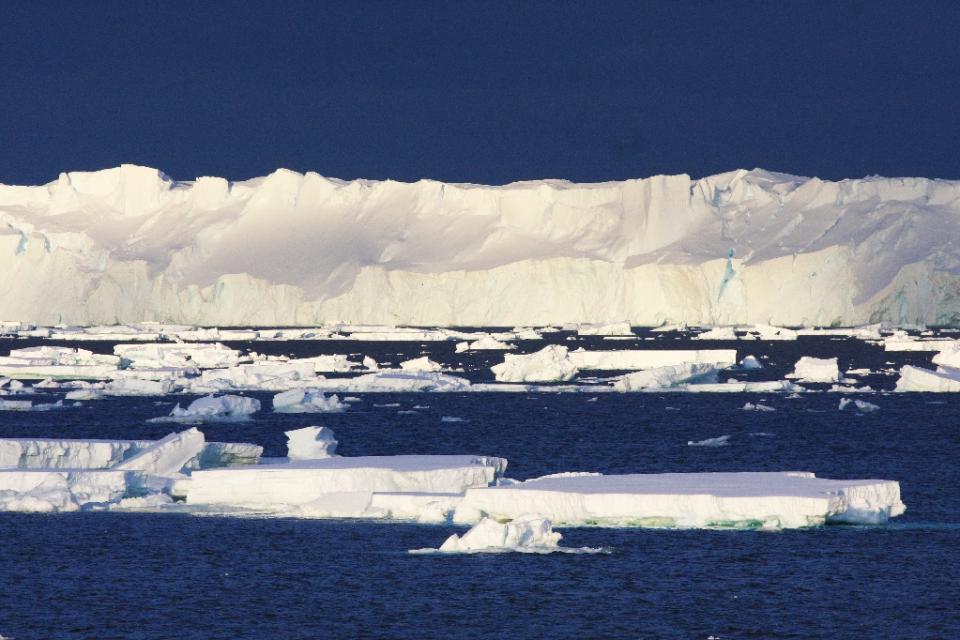but only if we had not destroyed our forests, burned all that oxygen with air travel and basically use all that oxygen up in our fossil fuel use...
Airplanes are NOT making a significant decrease in O2 levels: In fact during the 5 months (Between 1st of May until 1st of September in Northern hemisphere, school is out and peak vacation flights occur.) when more are flying is when the CO2 levels are
falling and O2 in the atmosphere is INCREASING.
CO2 concentrations measured at Mauna Loa below. A good average of the conditions in the Northern hemisphere:
The reduction of CO2 by green plants in the 6 mid year months in the Northern Hemisphere over whelms not only the insignificant CO2 release by airplanes but all the terrestrial burning of fossil fuels. Transport, oil furnaces, and coal combustion making more than half of all the world's electrical power, are the main source of man's CO2 release,* but simple decay of plants when they lack sunlight (and decomposing bogs, etc.) dominate CO2 release; however the long term upward slope of the red curve is due to man. The amplitude of the purple seasonal variation oscillation in the graph has not changed.
Stop exposing your ignorance about the "villain airplanes" burning up earth's O2.
* Brazil is an exception as ~95% of electric power is hydro electric or non-fossil fuel based and most of the CO2 that comes out of car tail pipes was earlier removed from the air by the growing cane (There are some imported, expensive gasoline powered cars, but even "gasoline" in Brazil is 1/4 alcohol.) Diesel trucks & buses are the main transportation source of CO2 but the largest herd of rudiments in the world release more (mainly in their belches, but some from the other end as well.) However, there is no net effect**: All the carbon the cattle release, was earlier taken from the air by the grass they eat.
Brazil's "carbon foot print" is negative unless there is very little rain in the Amazon! In 2005's drought the Amazon was a net source, not sink, for CO2 and probably is now, in the current drought. Fortunately the local rains seem to mainly have been delayed a couple of months, not cancelled. It has rained every day this week in Sao Paulo, and our main reservoir is now filled to 15.5% of capacity from a low of 5.5% a couple of months ago.
** Actually even the cows make a slight negative effect on CO2 release in the Southern Hemisphere, as Brazil exports many tons of beef (and chickens too) to the Northern Hemisphere.

